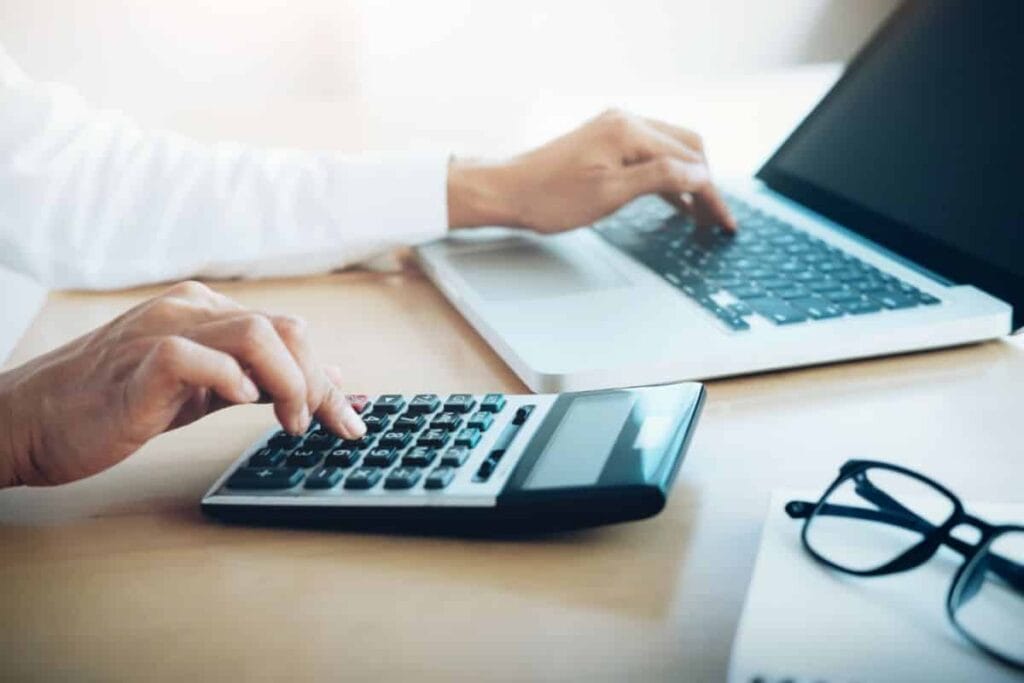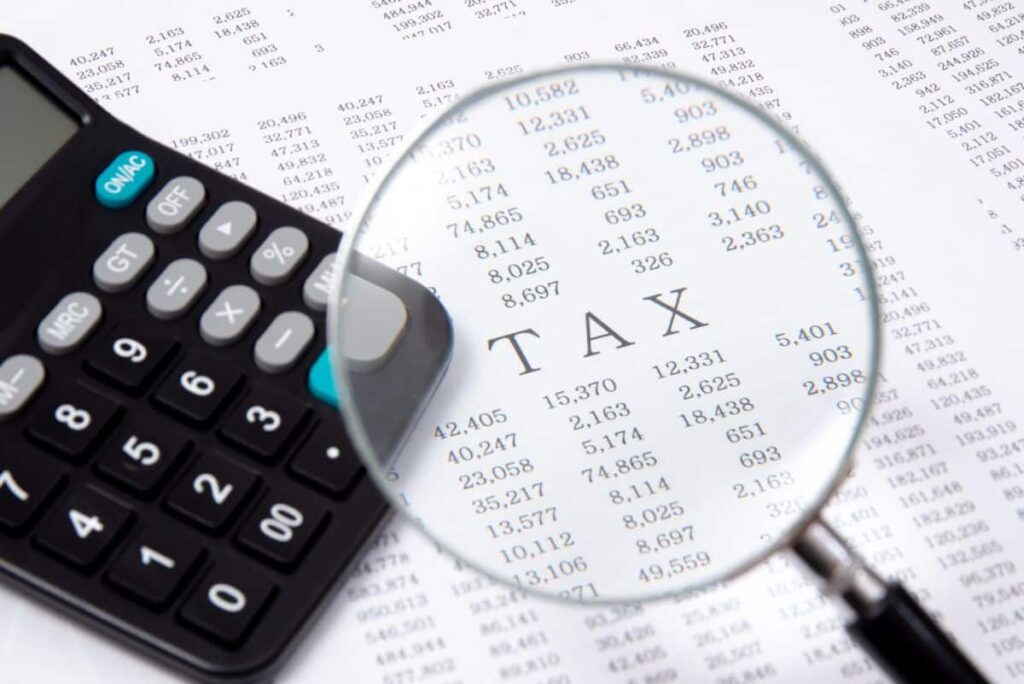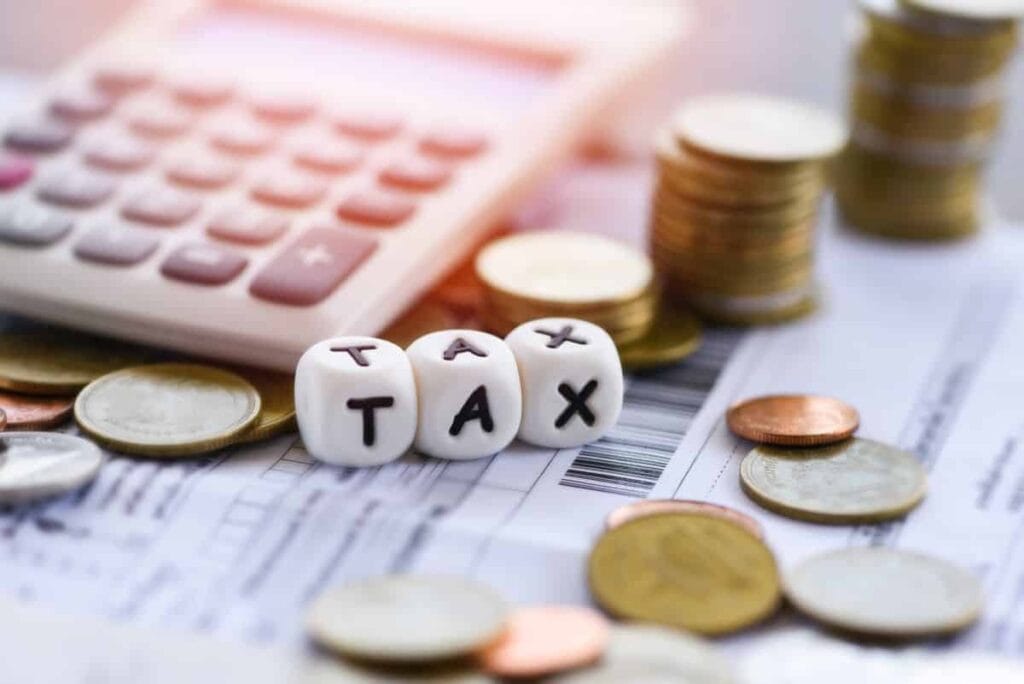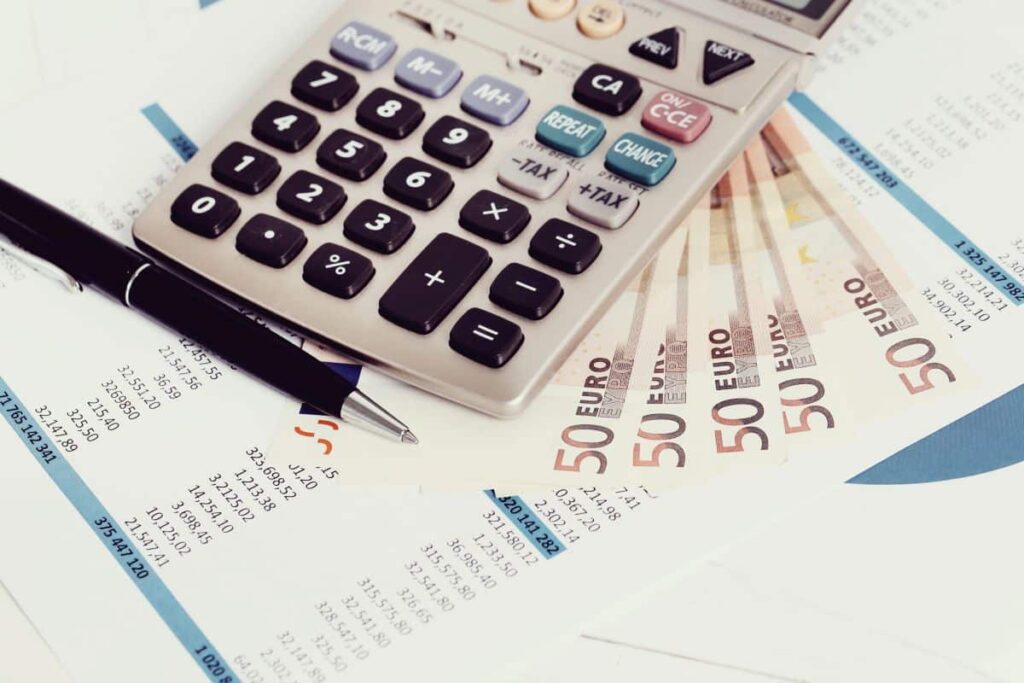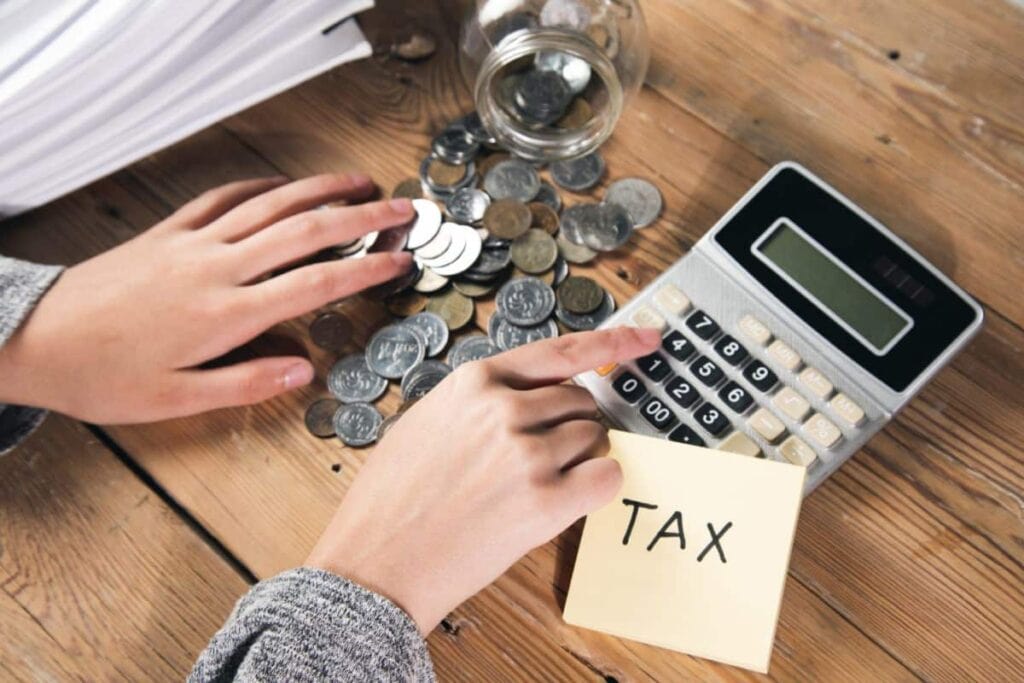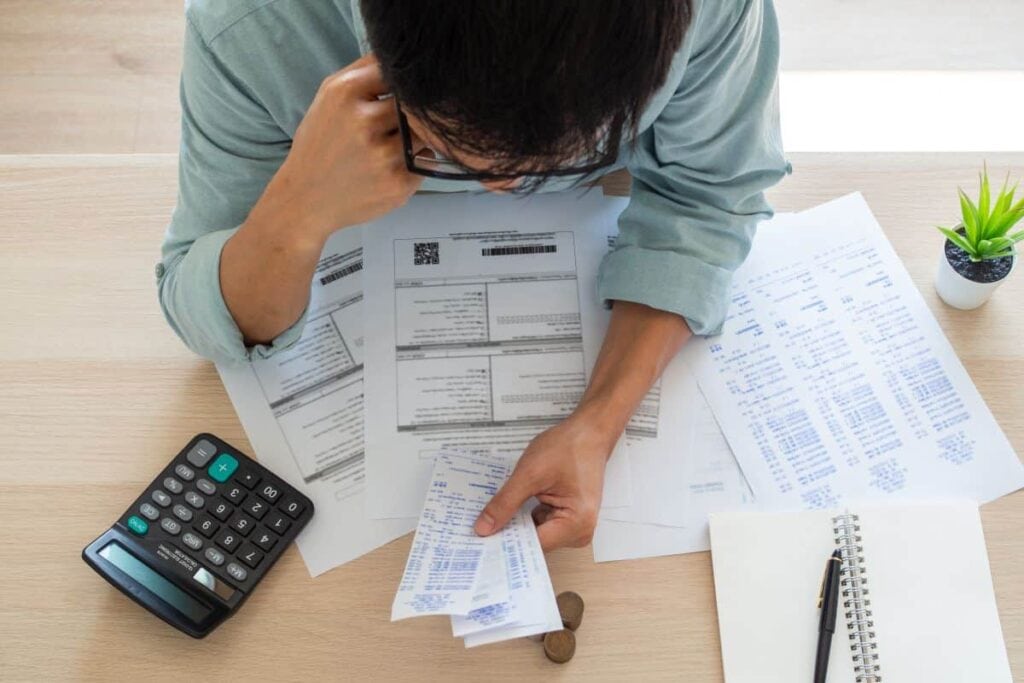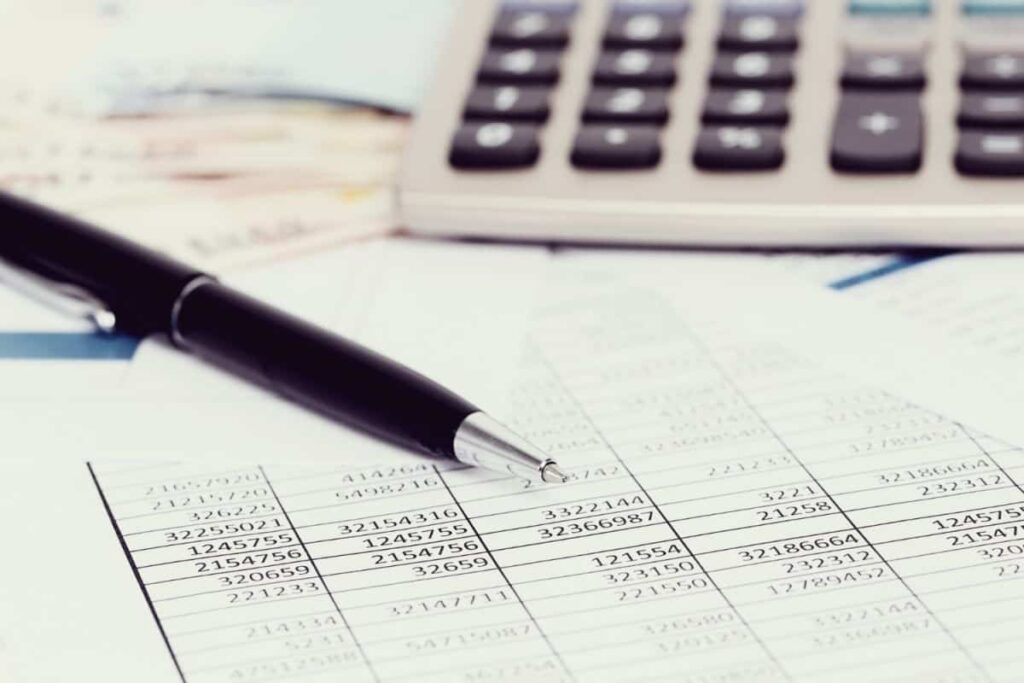Top Tax Tips For Staff Sent Home To Work
During the COVID-19 pandemic, did your employer give you the opportunity to work from the comfort of your own home? Even while working from home might sound like a dream come true, it can be rather difficult to find out how to stay productive while doing so. Therefore, in order to assist in making things somewhat simpler, the following are some of the best tax advice for employees who are sent home to work.
Are you one of the fortunate individuals who, as a result of the COVID-19 epidemic, was allowed to work from the comfort of their own homes? We have some tax advice that will help make things a bit easier for you, regardless of whether this is your first time working from home or whether you’re just trying to make the best of an unusual circumstance.
In the event that you have been told to work from home while the coronavirus pandemic is ongoing, here are some suggestions to help you make the most of the opportunity. First things first, make it a point to get yourself acquainted with the policies and guidelines that govern working remotely for your firm.
Next, identify a location in your house that you may use exclusively for work, one that is free of interruptions and optimized for efficiency. Lastly, it is important to establish regular work hours and remain as consistent as possible with them. If you follow these guidelines while working from home, you’ll be able to maintain your productivity and keep connected to the outside world.
Advice for People Who Just Started Working “at Home”
An increasing number of office workers have found themselves working at home out of the blue and are now contending with a few challenges they were not required to address in the past.
As the nation works feverishly to contain the COVID-19 virus, several businesses have requested that their employees, particularly those working in offices, refrain from reporting to work and instead remain at home. However, in addition to the coffee jar being emptied faster than usual, these workers who are “at home” are discovering that there is more than simply a lack of workplace banter.
Who is responsible for paying for all of that bandwidth, and what happens to the higher power bills, especially if they are still living in their homes as fall turns into winter? David Elphinstone, director of Elphinstone Stevens in Burnie, argues that employees working “at home” can begin to consider tax deductions for a home office, but there are specific guidelines to follow.
The first and most important requirement is that there must be a specific area in the house that is used only for business. If you are working from the dining room table, you cannot take a deduction for it.
“Everything is up to you to evaluate, and you have to be sensible about it.” However, he cautioned that if the paperwork to support the claim were missing, the Australian Tax Office would simply refuse the claim.
“The biggest piece of advice I can give is to keep track of the hours if they are working from home, in addition to keeping track of direct costs, such as stationery or internet and phone use,”
The ATO would require employees to keep track of how much time was spent on work-related internet and phone use versus personal use.
Given that members of the public are being encouraged to spend more time alone, Mr Elphinstone anticipated that the ATO will receive a greater number of requests for deductions related to home offices.
Tax Advice for People Working From Home
- The work done in the home office must be exclusive to that space;
- Maintain a record of the hours you spend working;
- Keep track of all purchases, as well as estimates of expenditures for stationery and any other direct expenses;
- Maintain a record of the number of hours spent on the internet that was spent working ONLY;
- The cost of your commute to work in order to pick up a carpool vehicle is NOT DEDUCTIBLE;
- Keep a journal of the distance travelled, the amount of time spent driving, and the reason for each journey if you use your own automobile for business.
“It is dependent on the specifics of the situation. You are only allowed to earn 52 cents an hour to cover expenses like lighting and power, depreciation on furniture, and other similar things in accordance with the guidelines that have been established for home office spending by the ATO.
However, deductions won’t cover unexpected expenses like buying more coffee or toilet paper. In addition, he pointed out that in order to make much money at a wage of 52 cents per hour, you have to work a significant amount of hours.” When it comes to claiming (car) running costs, this will depend on whether or not they are paid for by the employer or if they are paid out of pocket, and the ATO may demand a logbook to be provided.
Mr Elphinstone, who has several hundred clients on the North-West Coast, the majority of which are small businesses, said that the most important thing was to maintain an accurate diary or record of the number of hours worked, the distances travelled, and the percentage of time spent using the phone and internet for work.
“For instance, out of the monthly internet contract, how much of it did you use for work-related purposes and how much of it did you use for personal reasons?” Even if the employee had to do it multiple times each day, he or she would not be able to deduct the cost of travelling to the workplace in order to pick up a pool automobile.
“But if you’re at the office and have to see a client or pick up supplies, you’re permitted to claim 68 cents per kilometre if you’re using your own car,” the employee continued. “This is because the company reimburses employees for business-related travel expenses.”
Financial Advice for Employees and Independent Contractors
Lodge On Time
If you are filing your own tax return, you are required to do so by November 1, 2021, at the latest. You have the option of doing so either through the use of myTax via myGov or by submitting a paper return.
If you hire a registered tax agent, they will typically have special lodgment schedules and will be able to file returns for customers later than November 1, 2021. This is because of the special status of their clients. In order for you to take advantage of late-lodgment dates, you will need to get on their customer list by October 31st.
Your tax return will have a significant amount of information that has been pre-filled by the ATO. Therefore, before filing, it is recommended to hold off until all of the data have been finalized. Typically, this is finished by the end of July although it can sometimes take up to the middle of August.
Before you start working on your tax return, you should make sure that your employer’s end-of-year income statement indicates that it is “tax ready” and that the information you need regarding your private health insurance, dividends, and interest is readily available. In that case, it may contain data that has not been finalized, and you may be required to make changes to your tax return and pay additional tax.
For the Purposes of the Tax Code, Would You Be Considered a Resident?
The tests that are used to determine resident status in order to file taxes are not the same as the tests that are used in order to determine residency status in order to file immigration paperwork. The guidelines can be difficult to follow, however the ATO offers information on tax residency in order to provide assistance. In addition, there are regulations in place for people who are dual residents, working holiday makers, or overseas students.
The Australian Taxation Office (ATO) has issued guidance to the effect that individuals who are in Australia temporarily for some weeks or months will not become an Australian resident for the purposes of taxation, as long as they usually live overseas permanently and intend to return there as soon as they are able to do so. This guidance pertains to non-residents who are temporarily in Australia as a result of COVID-19.
Your tax duties in Australia will not alter if you are an Australian tax resident who is temporarily living and working outside of the country as a result of COVID-19. If you are required to pay income tax in another country, you may be eligible for a foreign income tax offset, which will lower the amount of tax that you owe to the Australian government.
Are You In Business?
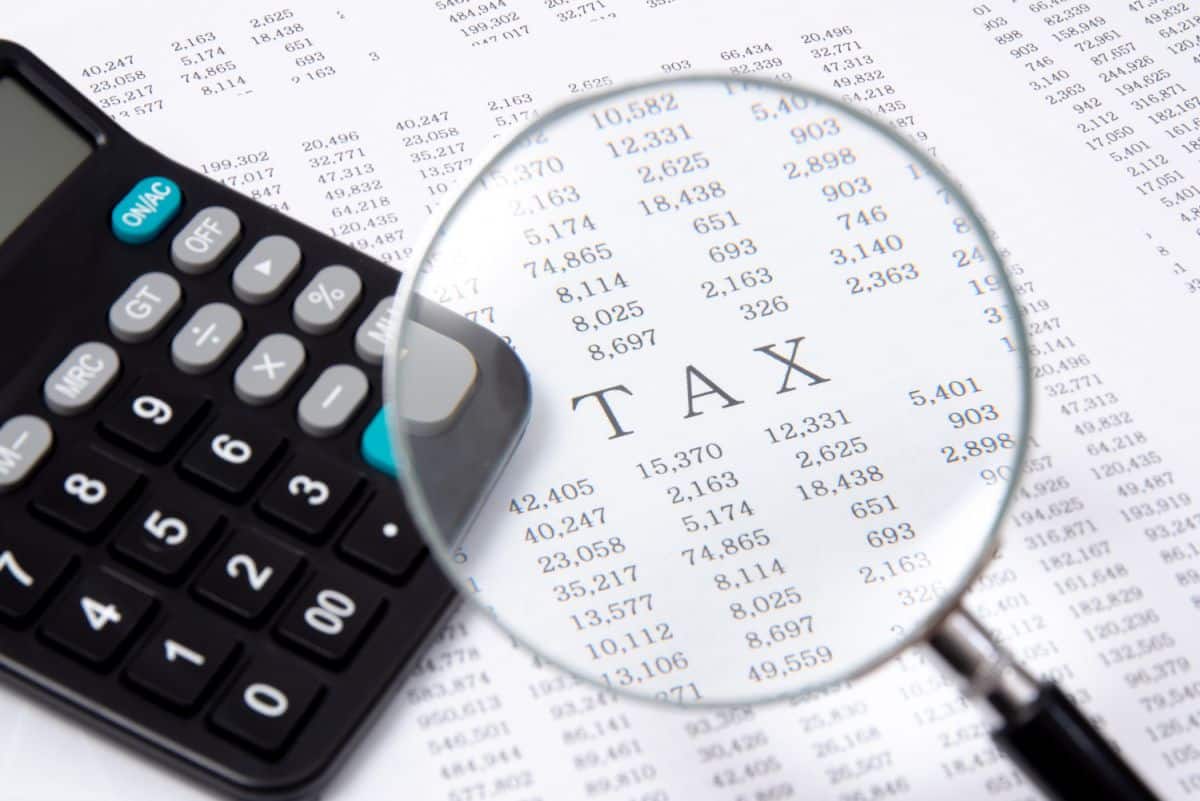
For monetary and other reasons, it is essential to have a solid understanding of the distinctions that exist between a pastime and a business. There is no one term that fits all cases, and what may have begun as a pastime may eventually develop into something more. Considerations to make include whether or not you plan to make a profit, whether or not you plan to repeat actions that are similar, and whether or not you plan to carry out activities in a businesslike manner. You can try out the business.gov.au service, which the Australian Taxation Office (ATO) uses to provide information on topics such as online selling, share trading, and home-based businesses.
A business that is little more than a hobby or a lifestyle choice cannot legitimately be written off as a financial loss. Even if it includes elements of a business, you can’t deduct the loss from your other income if it’s not likely to ever turn a profit and doesn’t have a significant commercial purpose or character. In this case, you can’t offset the loss against any of your other income. You may, however, defer the loss until such time as the firm begins to generate a profit for you.
Report Your Income
Your Income Statement
Single Touch Payroll is a system that requires the majority of employers to send information about your salary, taxes, and superannuation directly to the Australian Taxation Office (ATO) on a weekly basis (STP). In the end, reporting will be done by every employer via STP.
Your income statement will be provided to you by any employer who files their taxes using STP. By the end of July, this will be completed and be in a “tax ready” status. You can get to it by using the online services provided by the ATO through myGov. In addition to this, your tax agent is able to access your income statement on your behalf.
If your employer does not report to the ATO via STP, they are required to provide you with a PAYG yearly payment summary by the following Wednesday, July 14, 2021.
Government Payments
The Australian Taxation Office (ATO) will prefill your tax return with a number of payments from the Australian government, such as JobSeeker and Newstart. These should be included in your tax return by the end of July 2021 at the very latest.
Make sure that your tax return includes all of the necessary deductions and payments, but leave off any amounts that are exempt from taxation, such as tax-free government pensions and benefits.
Payments made through JobKeeper are to be regarded in the same manner as your customary salaries or wages for employees. Consequently, if you received JobKeeper as an employee, it will be recorded on your income statement as either pay and wages or an allowance, depending on the specifics of your situation. This is the case even if you did not use JobKeeper yourself.
If you are a contractor (i.e. a single trader) and have received JobKeeper payments as an eligible business participant, you are required to include such payments as income from your business on your individual tax return. Be sure to include the amounts that were paid to you under the heading “Assessable government industry payments.”
Payments for Redundancy and Termination
You have an obligation to include in your tax return any compensation that you received from income protection, sickness or accident insurance, redundancy benefits, and accrued leave payments.
If you go on leave, are temporarily placed on administrative leave, or are let go from your work and get a payment from your employer, you will be subject to varying tax regulations depending on the type of payment you receive.
Economy Based On Online Sharing and Freelancing
Your income from activities such as driving people about, doing odd jobs, renting out your goods, running social media accounts, or selling things may be taxable, but the expenses you incur as a result of these activities may be deductible. Bartering, cryptocurrency payments, and earnings from the sharing economy are all potential components of this category.
The following are some examples of actions that you might need to declare:
- the economy based on the provision of personal services through the use of short-term contracts or freelance employment; examples of such services include ride-sourcing, graphic design, and dog walking.
- the digital economy, in which activity and income are generated through the use of electronic platforms, such as social media;
- the economy based on people renting out their unused possessions to others for a price, such as rooms, automobiles, or storage space. This is typically done through an online platform.
The Australian Taxation Office (ATO) compares the data it receives from a variety of sites, such as AirTasker, Uber, AirBnb, and Amazon, with the information included in tax filings. Consequently, it is imperative that you maintain records and accurately disclose this income.
You must first ascertain whether or whether you are in the business of engaging in certain activities, such as selling products online or providing personal services.
Deductions on taxes for people who work from home
Now that it’s tax season, some weighty considerations have arisen as a result of significant changes to the way we do our business. If you stay current on the tax rules, there is no chance that you will overlook any potential deductions. Learning about deductions can be boring at times, but it will result in more money being returned to your pocket.
If you have a job that allows you to work from home, you might be able to deduct some of the costs associated with running your home from your taxes.
You need to question, “Which of my expenses can I claim, and which ones can’t I?”
Expenses You Cannot Claim
To begin, before you begin working from home for an employer, there are certain costs that you will not be able to deduct from your income.
Coffee and pastries for the office
When most of us come to the workplace, the first thing we do is head straight for the staff area to grab a cup of coffee. Many people believe that if they did not have their coffee in the morning, they would not be able to perform their jobs as well or productively. The Australian Taxation Office (ATO) does not permit employees who work from home to claim deductions for refreshments like coffee, tea, or milk, regardless of whether or not the aforementioned statement is accurate.
Expenses that are reimbursed
You are not permitted to deduct any costs that were reimbursed to you by your employer. You are not permitted to make a claim for expenses like these, for instance, if you have a contract with your employer that stipulates they will pay for your mobile or home internet fees if you work from home.
Expenses incurred for child care and home schooling of children
It is likely that parents have had a nightmarish experience attempting to concentrate as their children run amok in the house. However, there is no tax deduction available for costs associated with daycare or home schooling of children.
Costs related to occupancy
And third, in most cases, employees are not permitted to deduct the expenditures associated with working from home while still claiming occupancy expenses. These expenses consist of things like rent, the repayment of a mortgage, water, council charges, and body corporate costs.
Expenses You Can Claim
You may be able to deduct some of the costs associated with maintaining your home office if you are self-employed and operate from home. These costs include the following items:
- A supply of electricity and gas for the purpose of heating, ventilating, and lighting your home office;
- The costs of the telephone;
- Stationery, as well as consumable office supplies like printer paper and ink;
- The value of furniture (such as desks and chairs) that has decreased;
- Internet service fees;
- Expenses related to the wear and tear of machinery (such as desktops, laptops, and/or tablets).
Expense Calculation Method
There are three different approaches to calculating the costs of running a home office. Methods such as this include the true cost technique, the set rate method, and the shortcut method.
Shortcut Method
Because the majority of jobs in Australia can now be done from home, the Australian Taxation Office (ATO) has just created a new approach called the Shortcut method to simplify how individuals compute their deductions for working from home.
This strategy is only available from March 1, 2020 through June 30, 2020 because it is a temporary solution.
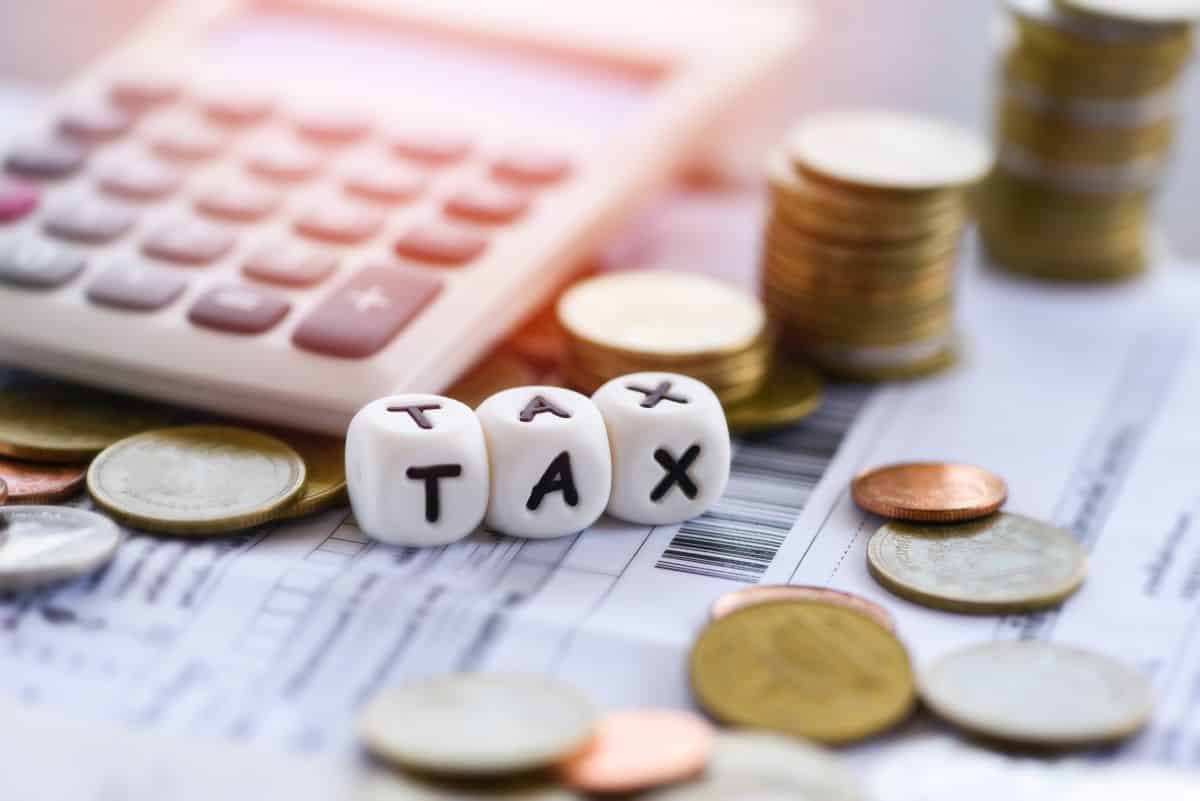
A flat rate of eighty cents per hour can be claimed by employees using this method for each hour that they work from home throughout the relevant time period. This will take care of any expenses that you can claim as outlined in the previous section.
When you use this approach, you won’t have to worry about keeping track of any receipts at all. On the other hand, you will be responsible for keeping track of the total number of hours that you have spent working from home. This might be a timesheet, roster, a diary, or something else along those lines.
Before March 1st, employees who work from home are required to choose between using the Fixed Rate Method or the Actual Cost Method.
Method of a Fixed Rate
The Fixed Amount Method is quite similar to the Shortcut Method in that it allows employees to claim a specific rate of compensation, in this case 52 cents per hour, for each hour that they work from home. However, you can utilize this strategy for the entirety of the year.
Only the cost of energy and gas, the depreciation of furniture, and the cost of repairs to your home office equipment and furnishings are covered by the 52 cents per hour rate.
The 52-cent rate does not cover the cost of telephone or internet service, nor does it account for the depreciation of equipment. You are allowed to make a separate claim for the fraction of these costs that is relevant to work; nevertheless, you are required to keep track of the receipts.
Employees who use this approach are required to maintain a log of the total number of hours they have put in while working from home. Alternately, you may keep a journal for four weeks to document their typical routine when working from home, and then use that routine as a template for the rest of the year. In addition, in order for employees to utilize this strategy, they are required to have a designated work location, such as a study or work desk. The dining table or the kitchen island are not regarded to be dedicated work places. Neither is the bench in the kitchen.
The Method of Actual Costs
Last but not least, if you use the Actual Cost Method, you will be able to deduct the actual amount of money that was spent on work-related costs when working from home. In most cases, the percentage of your home’s total square footage devoted to work is determined by dividing the overall floor space of your home by the total square footage of your dedicated work area. This fraction is multiplied by the overall costs that were incurred for the time in question.
You are free to employ whichever method or methods will give you the greatest result as long as you satisfy the eligibility and record-keeping criteria that are associated with each approach.
To ensure that you get the most out of your tax deductions for the 2020 Financial Year, you should speak with a tax professional who can help you determine which deductions are most advantageous given your specific set of circumstances. If you have any questions or concerns concerning any of the aforementioned topics, we ask that you get in touch with your Morrows consultant as soon as possible.


